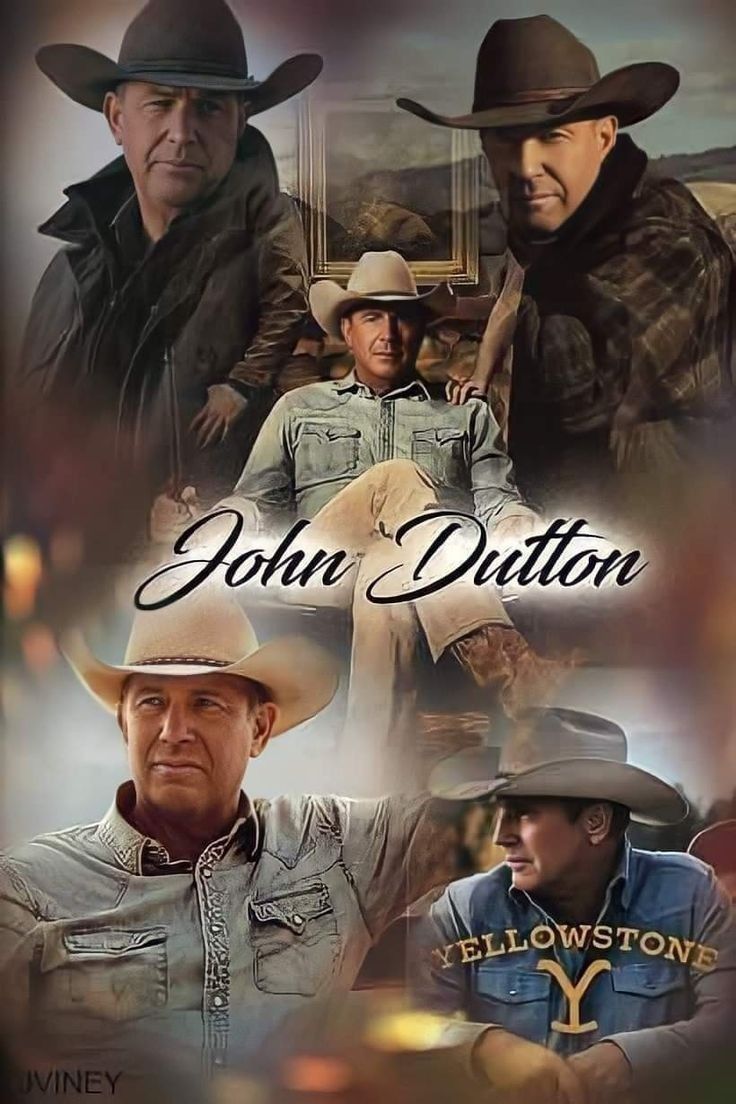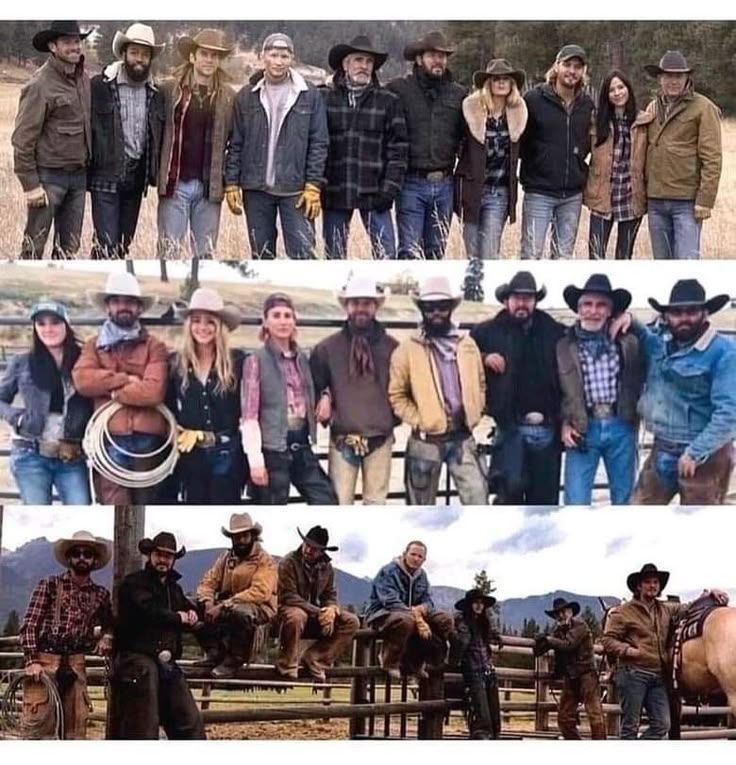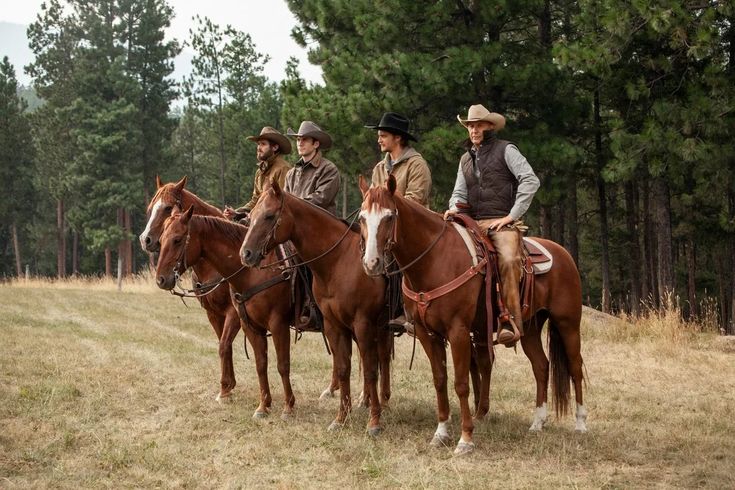
When you think of iconic TV shows that have left a lasting mark on both pop culture and their communities, “Dallas” and “Yellowstone” inevitably come to mind. Though decades apart in premiere dates, these two series share fascinating parallels—especially in how they’ve shaped local economies and influenced cultural narratives around rural America. Let’s dive deep into this connection, exploring how the glamour and grit of these shows extend far beyond the screen.

The Legacy of “Dallas”: More Than Just Oil and Drama
“Dallas” exploded onto TV screens in the late 1970s, bringing viewers into the luxurious, cutthroat world of the Ewing family and their Texas oil empire. It wasn’t just a soap opera; it became a cultural phenomenon that painted Texas as a land of wealth, power struggles, and rugged independence. But behind the drama, “Dallas” helped spotlight the region’s real economy, especially the oil industry—and it put Texas on the map for many viewers who had never ventured beyond their hometowns.
Yellowstone: Modern-Day Western Drama with Economic Ripples
Fast forward to today, and “Yellowstone” reigns as one of the most talked-about TV dramas, capturing the raw beauty and tension of Montana’s vast landscapes. Centered around the Dutton family’s massive ranch, the show taps into themes of land ownership, environmental battles, and rural livelihoods. Just like “Dallas” highlighted oil, “Yellowstone” shines a spotlight on ranching and local agriculture, industries critical to many rural economies.
How Both Shows Spark Tourism Booms
One of the clearest economic impacts of these shows is tourism. Fans flock to the filming locations of “Dallas” and “Yellowstone”, eager to experience the drama’s settings firsthand. For example, the “Dallas” locations in Texas saw an influx of visitors who wanted to walk in the footsteps of the Ewings, boosting local businesses. Similarly, Montana’s economy has felt the ripple effect of “Yellowstone,” with tourists contributing millions to local shops, restaurants, and accommodations.
Revitalizing Small Towns: The Power of Pop Culture
Beyond tourism, these shows have breathed new life into small towns that often struggle with economic stagnation. The spotlight on local industries like oil in “Dallas” and ranching in “Yellowstone” brings attention and sometimes investment to these communities. This attention can encourage local governments and entrepreneurs to develop infrastructure, events, and services catering to new visitors and fans.
Modern Parallels: Family, Land, and Power Dynamics
Both “Dallas” and “Yellowstone” center on powerful families navigating complex business and personal dramas. The themes of land control, economic dominance, and legacy create timeless stories that resonate with audiences. These narratives not only entertain but also encourage viewers to reflect on real-world issues such as property rights, environmental challenges, and regional identity.

Economic Spillover Effects: Jobs and Local Businesses
The filming of these shows doesn’t just attract tourists—it also creates jobs and business opportunities. From set construction to hospitality, local economies gain valuable employment and revenue. “Dallas” kickstarted this in its era, and “Yellowstone” continues the trend, showing how the entertainment industry can be a critical economic driver in rural areas.
The Branding Effect: Texas and Montana on the Map
Both series have inadvertently become marketing tools for their states. “Dallas” cemented Texas’s image as a land of opportunity and larger-than-life characters, while “Yellowstone” has become synonymous with Montana’s rugged wilderness and frontier spirit. This branding helps attract not only tourists but also new residents and investors intrigued by the lifestyle and opportunities portrayed on screen.
How Streaming and Social Media Amplify the Impact
Unlike “Dallas” in the 1980s, “Yellowstone” benefits from modern platforms like streaming and social media, which exponentially increase the show’s reach. Fans around the world engage with the show’s content online, creating viral buzz that draws even more attention to the locales featured. This digital amplification makes the economic impact of “Yellowstone” more immediate and far-reaching.
Challenges Behind the Glamour: Sustainability and Community Strain
Of course, increased tourism and economic activity bring challenges. Local communities sometimes face strain on resources, environmental concerns, and cultural shifts. Both Texas and Montana towns have had to balance welcoming visitors with preserving their unique identities and natural landscapes. This tension is a key part of the ongoing story these regions live alongside the TV narratives.
The Influence on Real Estate Markets

An often overlooked impact is on local real estate. The popularity of these shows can drive up property values as outsiders look to buy second homes or investment properties. This can benefit current owners but also create affordability issues for locals. Both “Dallas” and “Yellowstone” have indirectly influenced these shifts, reminding us that pop culture can reshape physical communities.
Why These Shows Matter Beyond Entertainment
What sets “Dallas” and “Yellowstone” apart is their ability to connect entertainment with real social and economic phenomena. They highlight the complexities of rural economies, showcase underrepresented lifestyles, and inspire economic activity. They also provoke conversations about the future of rural America in a changing world.
The Role of Local Governments and Businesses
Many local leaders have seized the momentum created by these shows. Through marketing campaigns, festivals, and partnerships with tourism boards, they amplify the economic benefits. Businesses, too, capitalize on fan enthusiasm by offering tours, merchandise, and themed experiences—turning TV fame into sustained economic growth.
Lessons for Future TV Productions
The success of “Dallas” and “Yellowstone” offers a blueprint for future productions seeking to make a positive economic impact. Choosing authentic locations, engaging with communities, and promoting local culture can create win-win scenarios. Shows become more than entertainment—they become catalysts for regional revitalization.
A Cultural Bridge: Connecting Urban Audiences with Rural Realities
Both series serve as cultural bridges, bringing urban viewers closer to rural experiences they might otherwise never understand. This connection builds empathy and appreciation, which can translate into support for rural initiatives and economic development.
What’s Next? The Future of TV’s Economic Influence
As TV and streaming evolve, the economic role of shows like “Dallas” and “Yellowstone” will only grow. Expect more collaborations between production companies and local economies, smarter tourism management, and deeper integration of cultural storytelling with economic strategies.
Conclusion
The parallels between “Dallas” and “Yellowstone” reveal how TV shows can transcend entertainment to become powerful economic engines. Both series spotlight rural industries, draw tourists, create jobs, and influence real estate, all while telling gripping stories about family and power. Their impact is a testament to the symbiotic relationship between media and community, showing that when done right, television can help revive and reshape local economies for the better.
